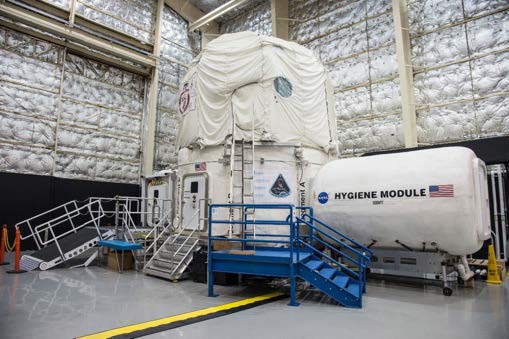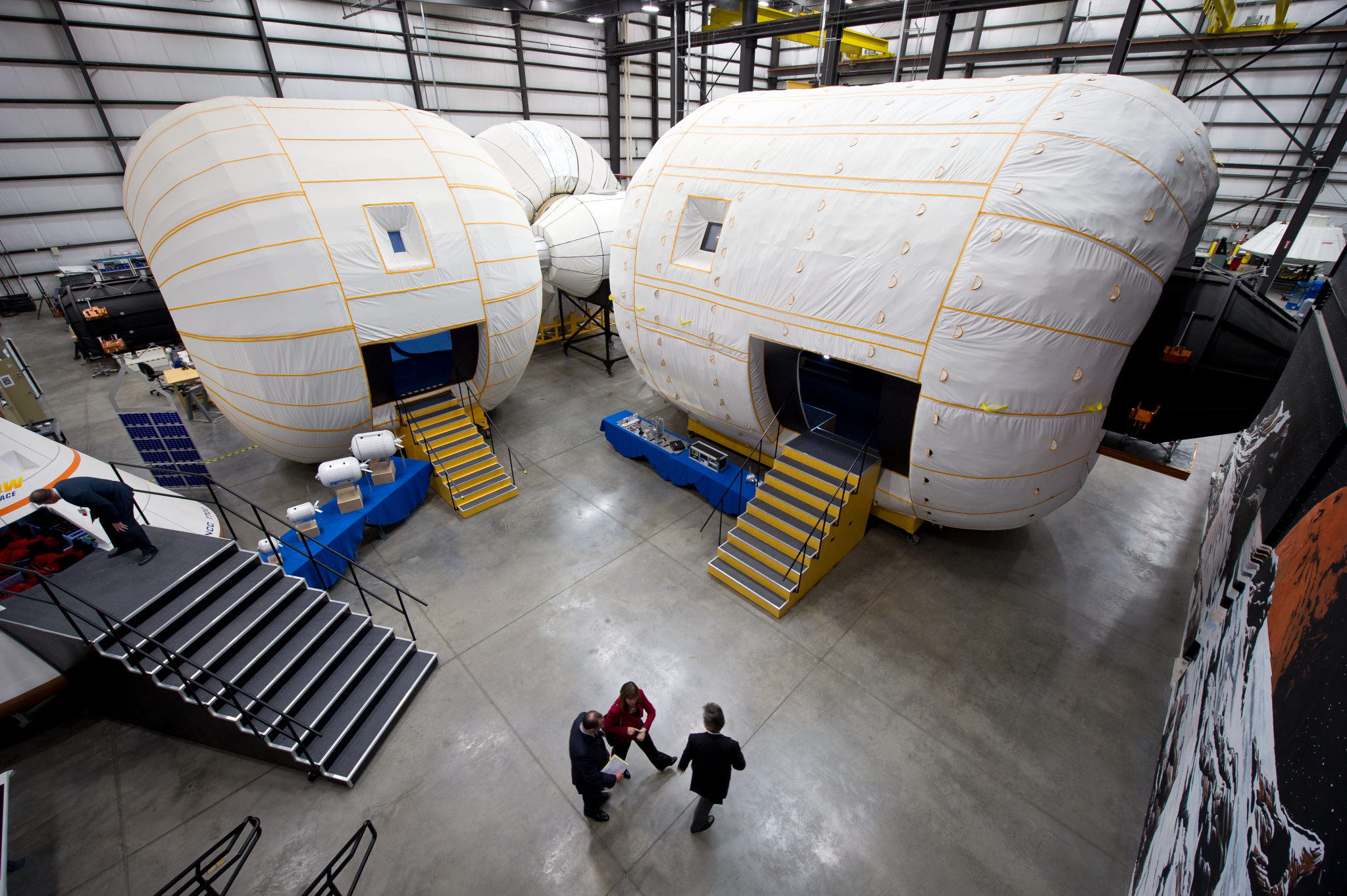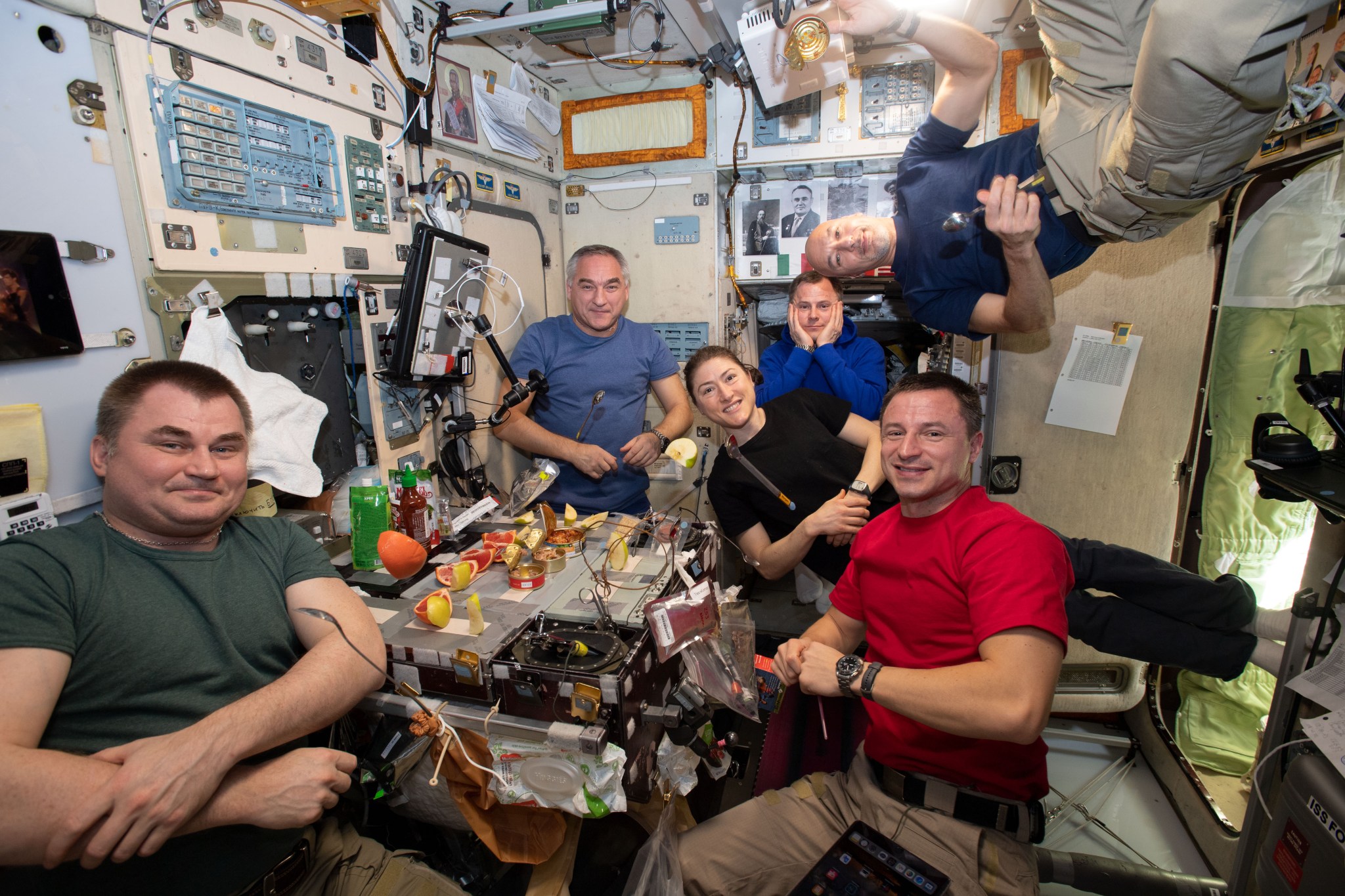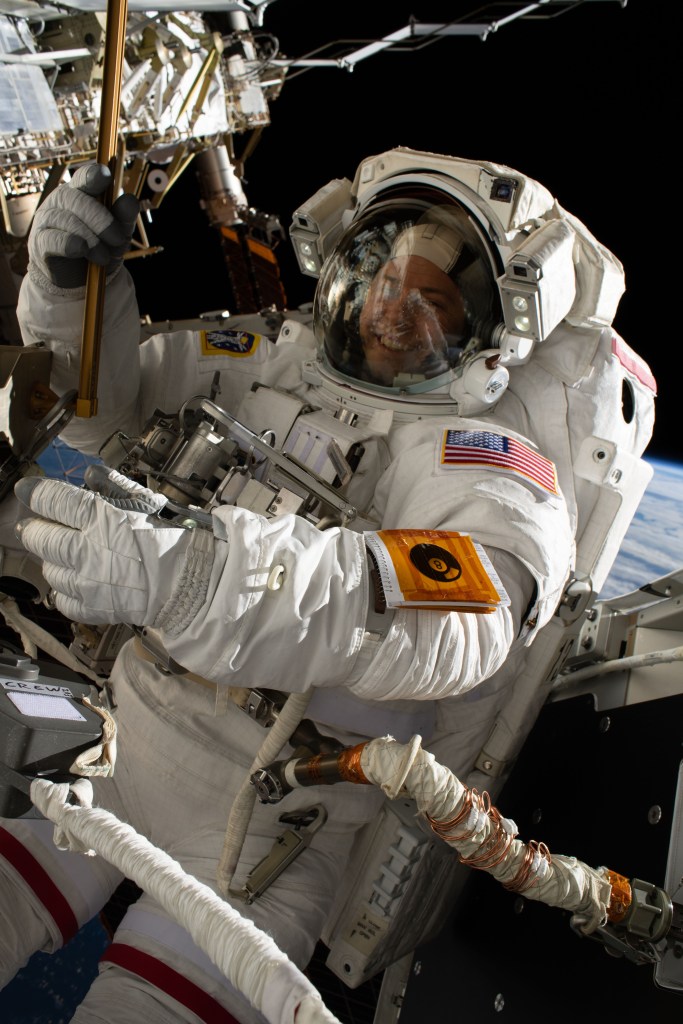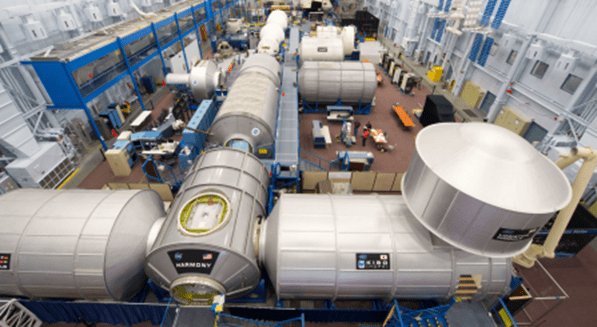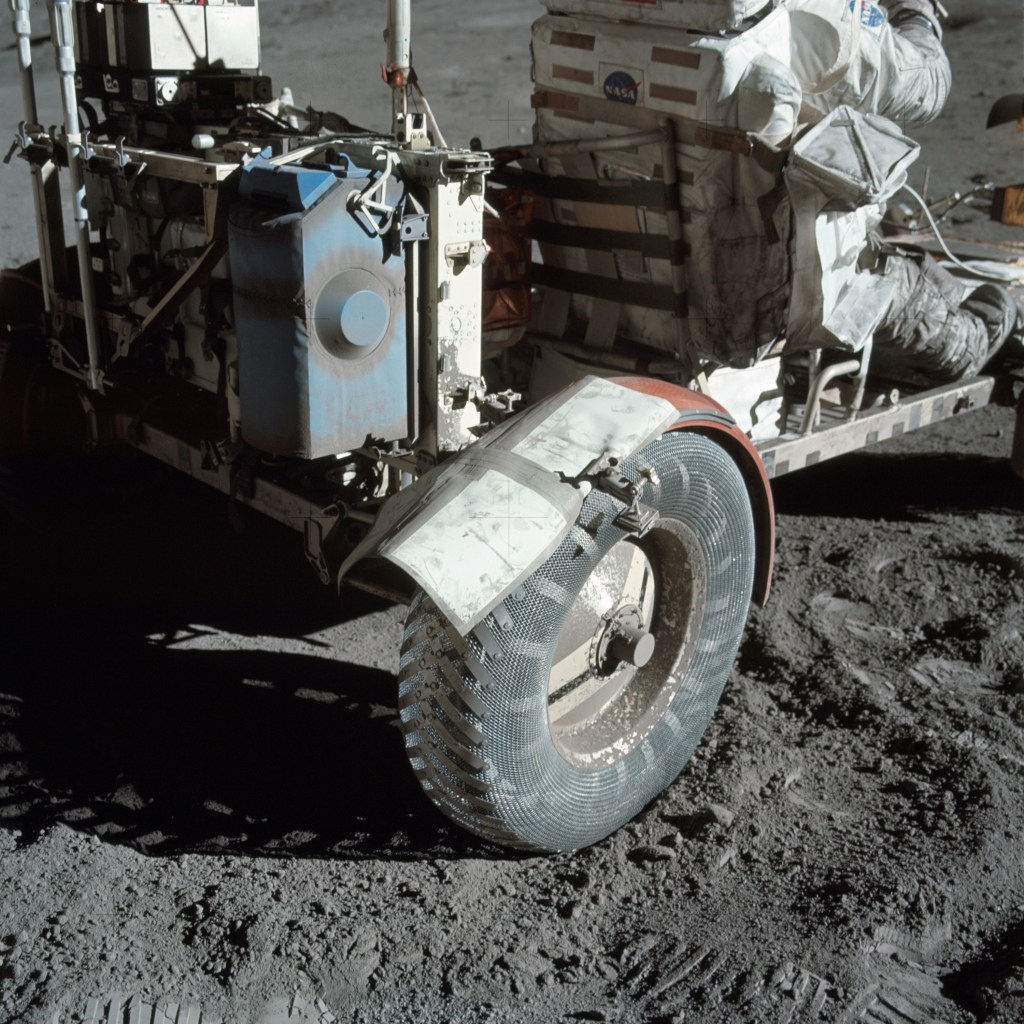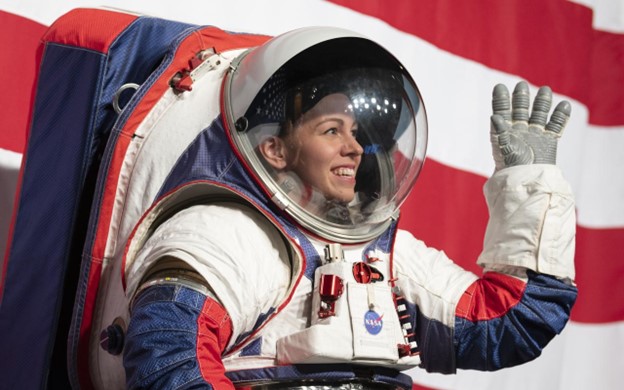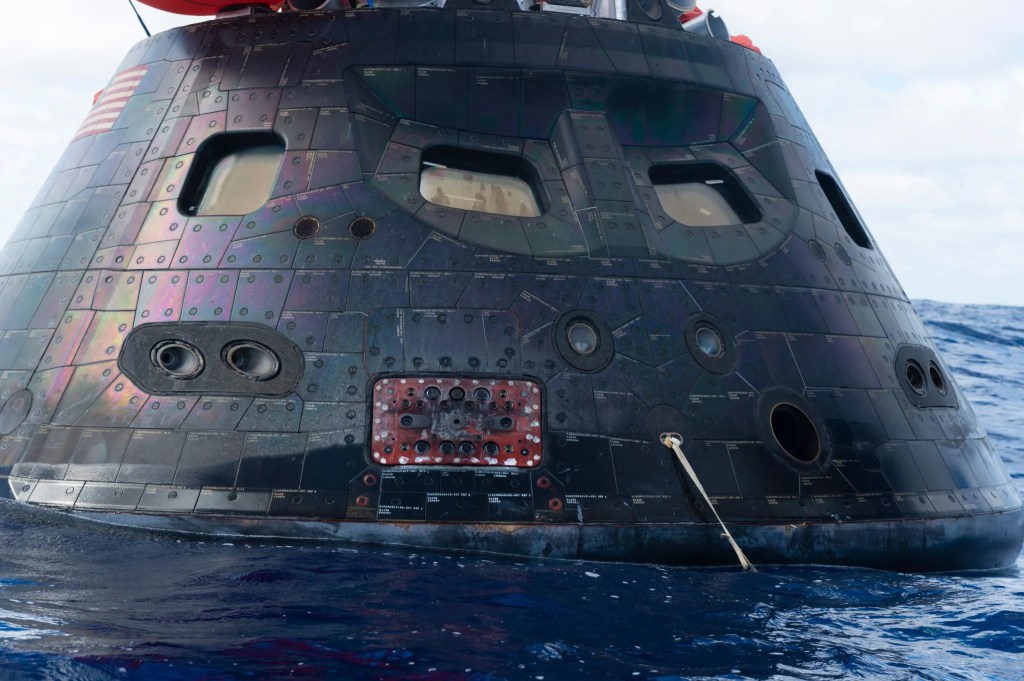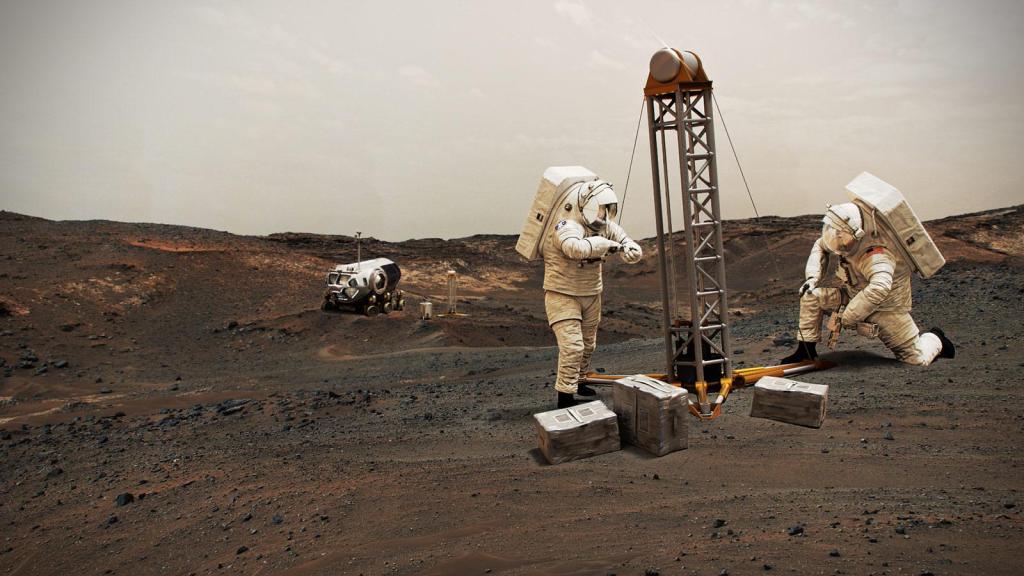Surface Habitats
Johnson Space Center (JSC) is a world leader in design, development, testing and verification of habitation systems utilized to support astronauts living and working comfortably and safely in space. JSC covers the full life cycle of engineering spaceflight hardware from defining the problem, to research and design, rapid prototyping and development, to testing and operational support. From expertise and capabilities in human research, and human factors and performance, to spacecraft subsystems and other human subsystems, JSC provides everything necessary for a successful space habitat. We invite collaborators to join forces with us, leveraging our extensive and diverse capabilities in surface habitats to pioneer groundbreaking advancements in space exploration and enabling human presence on other planetary bodies.
Habitat Structure
Crewed Inflatable Softgoods
NASA has extensive experience, history, and technical lessons learned from decades of development on Crewed Inflatable Softgoods. This expertise is available to partners to support design, modeling, analysis, and testing of inflatable softgoods structures.
- Expertise in design, development, and testing of in-space and surface inflatable softgoods including habitats, airlocks, and pressurized transfer tunnels
- Structural design and sizing of restraint layer for crewed inflatable elements
- Test support with high-speed video and digital image correlation systems
- Component level tensile testing capability for material evaluation, stitch/seam evaluation, and short-term creep testing on webbing, cordage, and threads
- Assembly level testing capability including ultimate burst, creep, damage tolerance, leak, and packaging/deployment – available both in free air and thermal vacuum chambers
- Restraint layer structural health monitoring evaluation techniques and tools
- Material testing of softgoods including cold temperature flexure
- Softgoods standards, requirements, and specifications development
Technical test data and lessons learned are available to partners, which includes:
- Air Barrier Seal Interface Development Report
- Air Barrier Cold Flexure Material Data Report
- Integrated Window Interface Design and Strap Sizing
- Restraint Webbing Tapered Diamond Stitch Methods
- Softgoods Shell Folding Technique and Fabric Sizing
- Softgoods Shell Hypervelocity Impact Testing Report
- Softgoods Shell Thermal Vacuum Testing Report
- Sub-scale Assembly Modal Testing Report
Spacecraft Glass & Windows
On-site expertise and face to face training classes are available for successful design, modeling, analysis, and testing of spacecraft windows. NASA also encourages use of the Window Material Database that is used to characterize window materials for the spaceflight environment in a standardized way to facilitate window design trades.
- Standardized processes, procedures, facilities, personnel and material thicknesses (0.5”) will be used for characterization
- Allows for an apples-to-apples comparison between performance parameters for different materials
- Data is collected by objective NASA personnel
- No concerns for mismatched testing methodologies between materials
- No concerns for supplier creative marketing departments
- Enables designers to pursue innovative and integrated window subsystem designs and to optimally match mission requirements to window materials
- Will enable challenging future mission scenarios such as long duration habitats
- Will enable lightweight window subsystems
- Spaceflight relevant environments will be applied to characterize material performance, with parameters chosen based upon window design requirements needs
- The database is intended to be publicly released for use in the spaceflight industry
- Data will be stored in a publicly accessible database
- In the interim (while data is being developed), data will be made available to designers upon request
Softgoods and Materials Assessment
The Softgoods Lab (SGL) in the Engineering Design and Analysis Branch/EC2 of the Crew and Thermal Systems Division designs, develops, and manufactures flight softgoods products and components. The SGL also designs and fabricates ground support, test, and prototype softgoods products. The Advanced Materials Lab (AML) in the same branch provides testing for developing & evaluating textile fabrics and other non-metallic materials such as plastic, polymer films, foil, mylar, mesh, elastomers, and adhesives for NASA & industry applications. This lab is equipped to evaluate and certify softgoods materials and products for spaceflight.
The focus of the labs is developing customers’ needs and ideas into prototypes, which are then evaluated and customized to produce flight items that meet or exceed their requirements. Examples of softgoods products that are produced by the Softgoods Lab and evaluated by the Advanced Materials Lab: Components for spacesuits, softgoods containers for EVA and IVA operations, emergency masks, cargo stowage containers and kits, inflatable structures, bladders and liquid containment, contamination blankets, multi-layer insulation thermal blankets, crew clothing, and crew sleep accommodations.
Formulation & Analogs
Center for Design and Space Architecture
The Center for Design and Space Architecture (CDSA) is NASA’s conceptual, human centered design studio. They leverage skill in architecture and industrial design to provide customers with functional, intuitive solutions that synchronize with the integrated system.
The CDSA employs an iterative design process and utilizes a variety of digital and physical mediums, including Computer-aided drafting (CAD), virtual reality, and full-scale mockups, to quickly progress design maturity for human spaceflight systems.
- Space Architecture: interior architecture, mission architecture, functional allocation, volumetric analysis
- Design: concept development, CAD modeling, mass and volume estimation, rendering, mockup, and prototype design
- Virtual Reality: design review and evaluation, task simulation, crewed human-in-the-loop (HITL) testing
- Prototyping: 3d printing, CNC, foam core, polycarbonates, wood, metal
- Mockups: part-task, full-scale, test articles, functional prototypes
Human Exploration Research Analog
Human Exploration Research Analog (HERA) is a unique three-story habitat designed to serve as an analog for isolation, confinement, and remote conditions in exploration scenarios.
- Isolation and confinement environment up to 6-months for 4 crew; 6-crew capability for shorter duration
- Configurable for deep space transit, lunar surface, mars surface, and hybrid (transit plus surface) mission scenarios
- Mission Control Center (MCC) for comm delayed interaction with HERA crew members
- 24/7 mission video surveillance with audio, recorded during mission
- Communication delay (voice, text, files) up to 23 minutes each way, flight-like prioritization for transmission
- Crew and mission timelining tool, crew self-scheduling, scheduling constraints, performance metrics, links to procedures
- Simulation of Acquisition of Signal/Loss of Signal of varying duration
- Individual crew sleeping quarters for 4 crew members
- HERA-provided Windows-based laptops for each crewmember for investigator data collection
- Flight Simulators to support lunar and Mars exploration mission scenarios
- Virtual reality simulation for simulated EVA tasks – lunar and Mars surface tasks
- 2-Crew rover for multi-day sortie missions including surface sim and VR EVA tasks – lunar and Mars
- Biological sample collection pre, during and post mission
- Medical Workstation (Remote medical procedures and examinations)
- Adjustable LED lighting on L2
- Simulated stowage module (pass through for hardware, biological samples, and trash)
- Modifiable virtual window views
- Exercise equipment (aerobic and resistive) to simulate daily operational activities
- Heart Rate Monitor to support exercise or research
- Actigraphy
- Simulated Environmental Control and Life Support System (ECLSS)
- 3D printer to support vehicle maintenance and operational tasks
- Flight-similar galley capabilities for preparing meals (plumbed water supply)
- Shower/sink with hot and cold running water for crew hygiene (can be resource restricted)*Ability to integrate technology and operations demonstrations
Human Systems
Habitability Systems and Flight Crew Equipment
JSC personnel have the unique experience and vast knowledge of the technical challenges associated with metabolic waste management, personal hygiene, crew accommodations, galley hardware, trash management and odor control, logistics reduction and tracking, advanced clothing, housekeeping, tools and diagnostic equipment, restraints and mobility aids and unique stowage solutions.
- Habitability systems and flight crew equipment hardware development
- Performance requirements and concept of operations development
- Prototype development including use of rapid manufacturing and 3D printing
- Fabrication, assembly, and testing
- Technology demonstrations
- Certification and integration support
- Pre-flight inspections, checkouts, packing and delivery for launch
Crew Exercise On-Orbit Systems Management
JSC is the world leader for providing sustaining engineering and systems management for exercise devices.
Exercise Flight Systems Operations
- Data collection and analysis
- Life tracking, sparing inventory and manifesting
- Preventive and corrective maintenance plans and procedures development
- Risk management
- In-flight anomaly investigation, troubleshooting and resolution
- Flight readiness assessments
Device Sustaining Engineering and Systems Management on ISS
- Treadmills (TVIS and T2/COLBERT)
- Bike (CEVIS)
- Resistive Exercise (IRED and ARED)
- Health Monitoring (BP/ECG and Heart Rate)
- Vibration Isolation and Stabilization (VIS)
Integrated Mobile Evaluation Testbed for Robotics Operations (iMETRO)
iMETRO is a NASA facility for functional testing of robotic hardware and software in realistic space exploration environments including simulation, indoor space vehicle and habitat mock-ups, and outdoor EVA proving grounds. Do you have a robotic or artificial intelligence (AI) technology that needs to be demonstrated in a relevant space environment? Are you looking for ways to advance the Technology Readiness Level (TRL) to level 4 and beyond for space exploration applications? If so, NASA JSC’s iMETRO facility has solutions for you. Whether you need to test a whole robot or a single hardware or software component, iMETRO has you covered with a variety of “house robots” to use for your test. Our JSC robotics engineers are ready to assist with any level of integration desired, for 1-hour consultations to extended test campaigns.
iMETRO Open-Source Software and Simulation
- The virtual facility includes open-source robot configurations (e.g., URDF) for iMETRO robots as well as models of mock-ups for space use cases, such as the crew access hatch and logistics stowage task trainer.
- ROS2 compatible software interfaces
You can check out the iMETRO open-source simulation assets, software, and documentation on Github at the link below. The iMETRO team is always making updates and adding new features:
https://github.com/NASA-JSC-Robotics/iMETRO
iMETRO Lab Facility Features
- The physical facility consists of many robots, space application mockups, and support instrumentation and computing. A variety of mock-ups and task trainers are available to use, and additional customized mockups can be designed and constructed by JSC staff for mission scenarios as needed.
- Overhead PTZ video cameras
- Remote operator situational awareness
- Optical tracking ground truth for pose estimation and navigation
- Isolated robot network with configurable latency and bandwidth restrictions (currently a future planned capability)
iMETRO Outdoor Rockyard Features
- Outdoor lunar and Mars yards
- Control station trailer
- Outdoor mobile dexterous robots
- Drone operations support
- Link to JSC Rock Yard maps: https://ntrs.nasa.gov/api/citations/20240002135/downloads/Rock_Yard_Map_Book.pdf
Robot Options
- Linear Rail-mounted Single Manipulator Arm
- Universal Robots UR10e
- Robotiq hand-E Gripper w/ Custom Fingers
- Vention horizontally mounted 2.0m linear rail
- Ewellix Telescoping Lift Kit with 700mm Stroke
- Intel® RealSense™ Wrist-Mounted Depth Camera
- Indoor Mobile Base with Dual Manipulator Arms
- Universal Robots UR5e (2x)
- Robotiq Hand-E Grippers with Custom Fingers
- Arms mounted to dual, independent lift-kits of 500mm Stroke
- Clearpath Ridgeback Wheeled Mobile Base
- Intel® RealSense™ Wrist-Mounted Depth Cameras
- Outdoor Mobile Base with Single Manipulator Arm (coming 2026)
- Universal Robots UR10e (Option for UR30)
- Robotiq hand-E Gripper w/ Custom Fingers
- Intel® RealSense™ Wrist-Mounted Depth Camera
- Bring Your Own Sensors and/or End Effectors
- Utilize standard interfaces
- Bring Your Own Robot
- Test custom configurations with space application mock-ups
Connect With Us
Whether you are a public agency, private company, or academic institution, we look forward to hearing from you. Fill out the Statement of Interest form to submit your inquiry.

























